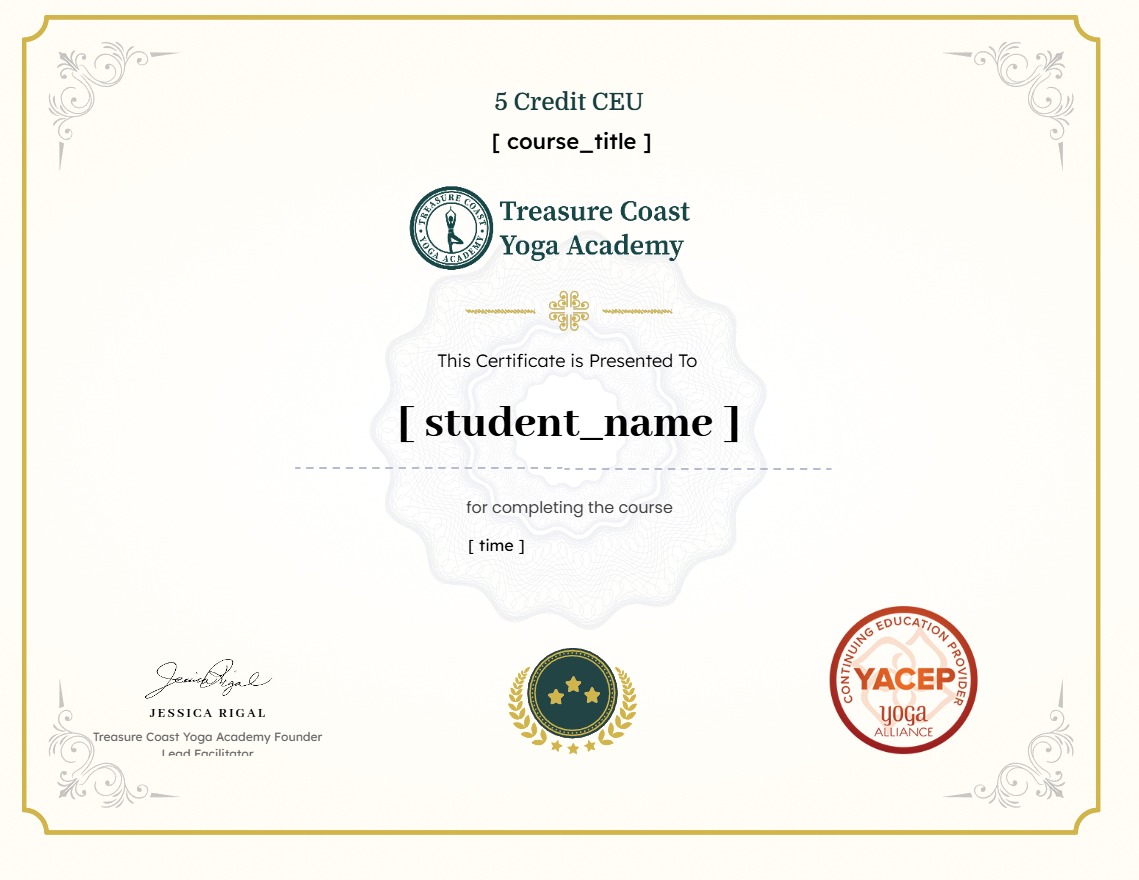
About Course
In this course, you will discover how Maslow’s hierarchy of needs and the chakra system mirror each other as frameworks for human growth and healing. You’ll learn how unmet needs and blocked energy centers influence behavior, learning, resilience, and relationships—and how integrating psychology, sociology, social work, and yoga philosophy offers a holistic path of understanding. By the end of the course, you will have practical tools, guided practices, and reflection exercises to assess needs through multiple lenses and create your own framework for personal and professional growth.
What You’ll Specifically Explore
How Maslow’s pyramid of needs mirrors the chakra system, from survival and safety to self-expression, self-actualization, and transcendence. The psychological, physical, and spiritual dimensions of each chakra, and how they parallel universal human needs. What happens when needs go unmet or chakras are blocked — and how that shows up as stress, imbalance, or disconnection. Practices from both traditions — yoga, meditation, journaling, and reflection — that help us reset, balance, and grow. How to use this integrated model as a teacher, healer, or seeker to better understand yourself and those you serve.
Course Content
Module 1: Maslow’s Hierarchy of Needs and the Chakras
-
Lesson 1: From Survival to Self-Realization
-
Lesson 2: Humanistic Psychology & the Yogic Lens
-
Lesson 3: Case Studies — When Needs and Chakras Are Blocked
-
Lesson 4: The Language of the Chakras — Colors, Sounds, Elements
-
Lesson 5: Guided Chakra Meditation
Module 2: Psychology, Sociology, and the Human Condition
Module 3: Tools for Growth and Human Potential
Module 4: Trauma, Blockages, and Healing Pathways
Module 5: Living Renewal – Integration & Practice
One on One Call with Your Instructor
Earn a certificate
Add this certificate to your resume to demonstrate your skills.

Student Ratings & Reviews
